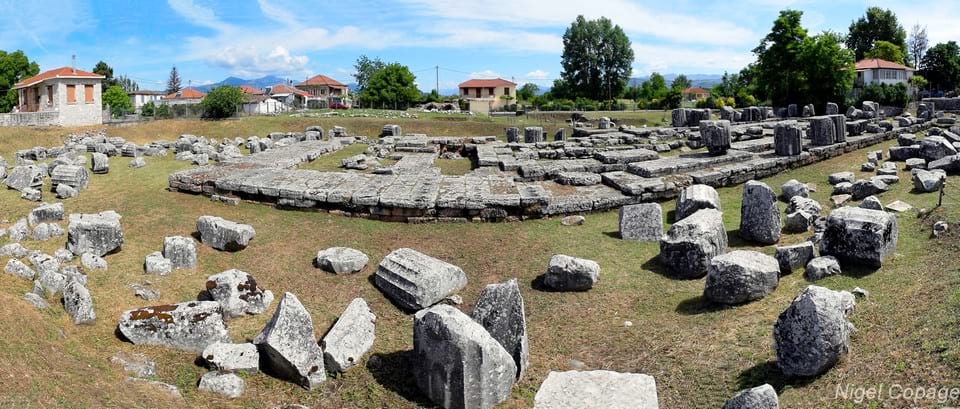
Tegea was ancient city-state of Arcadia and in the 5th Century BC took part in the wars against the Persians and the Peloponnese War. It was known as a major sanctuary to the goddess Athena Alea and was one of the most important religious centres in ancient Greece. Today it is an archaeological park and has its own museum in the village of Alea with exhibits of the findings from the area.
Mythology
Tegea is said to have been founded by Tegeates, the son of the king Lycaon after which it became the last seat of the mythical kings of Arcadia. It is reputed to have sent heroes (Argonauts) to accompany Jason in his quest for the Golden Fleece and is also mentioned by Homer in the Iliad as having contributed soldiers who sailed to take part in the Trojan war.
History
The area around Tegea has been settled since the Neolithic period and is known to have been an important centre of the Mycenean civilisation. From the tenth century BC onwards it became associated with the cult worship of the goddess Alea (later identified with Athena) who had her own athletic games (the Aleia).
In ancient times, the territory was known as Tegeatis and consisted of nine demes (small townships) which during the Archaic period (750-700 BC) joined to form a single city-state. The city grew in size, reaching several thousand citizens and later even minted its own coins.
For many years Tegea held out against the power of nearby Sparta but in 560 BC was forced into becoming a member of the Sparta-dominated Peloponnesian League so effectively became a vassal state. During the second Persian invasion Tegea contributed 500 hoplites to fight at Thermopylae in 480 BC and a year later sent 3000 men to the battle of Plataea.
Tegea remained an ally of Sparta during the Peloponnese war(431-404 BC) but when Sparta was defeated by Thebes in 371 BC it broke free and became a founding member of the Arcadian League with its capital at the newly founded city of Megalopolis.
For centuries Tegea had been a centre for the worship of Alea and was dominated by a temple to the goddess built in the 7th Century BC. When this was destroyed by fire at the end of the 4th Century BC it was replaced by a new temple designed by the famous sculptor Skopas which was almost equal in size to the temple of Zeus at Olympia. The remains of this temple can still be seen today.
In the first century BC as with other Greek cities, Tegea came under Roman power. At the time of the battle of Actium (31 BC) between rival Roman factions, Tegea sided with the losing Mark Anthony and was subsequently punished by Augustus who removed many of the cities prize possessions including a statue of Athena Alea carved in ivory, other statues of Asclepius and Hygeia as well as the tusks of the Erymanthean boar all of which were taken to Rome.
Throughout the Roman period and into the Hellenistic era, the city lost political power but thrived commercially and became prosperous with its own theatre, stadium, agora and many other substantial buildings.
However in 395 AD Tegea was completely destroyed by the invading Goths. It was subsequently rebuilt and given the name Amyklion (shortened to Nikli) and in the Byzantine era was one of the most important cities in the Peloponnese.
Excavations
Excavations were first carried out by the French Archaeological School and more recently by the regional Curator of Antiquities Theodoros Spyropoulos. Since the 1990s the Norwegian Institute has conducted surveys of buildings and roads in the wider area.
Sites
There are two separate sites at Tegea. The Sanctuary of Athena Alea is in the centre of modern day Tegea village and is just 150m away from theTegea Archaeological Museum also in the village. Around 1.3km away is the Tegea Archaeological Park at Episkopi which includes the remains of a Hellenistic era theatre, parts of the ancient agora, an early christian basilica and traces of a Byzantine settlement. The museum was underwent a major upgrade in 2013 and was awarded a commendation in the 2016 European Museum of the Year Awards. It is well worth a visit (walk past the large green locked doors and around the building to find the entrance proper). If the Sanctuary of Athena Alea is closed ask at the museum if it can be opened (as visitors are infrequent the ticket office is not always staffed).
Click here for information on tickets, opening hours etc
Click here for a video of Tegea and nearby Palladio by Philip Bekyros
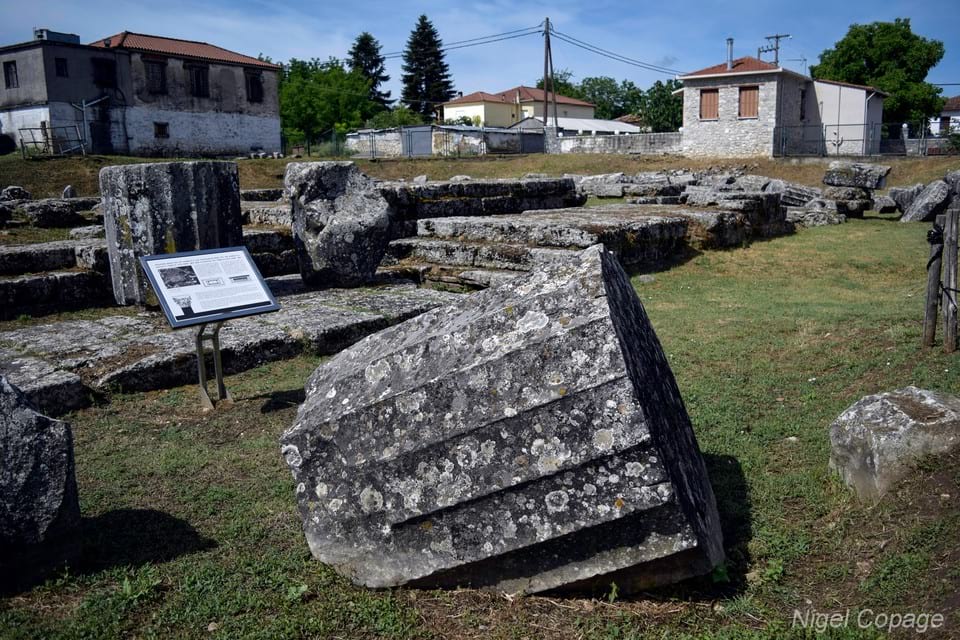 The Sanctuary of Athena Alea
The Sanctuary of Athena Alea
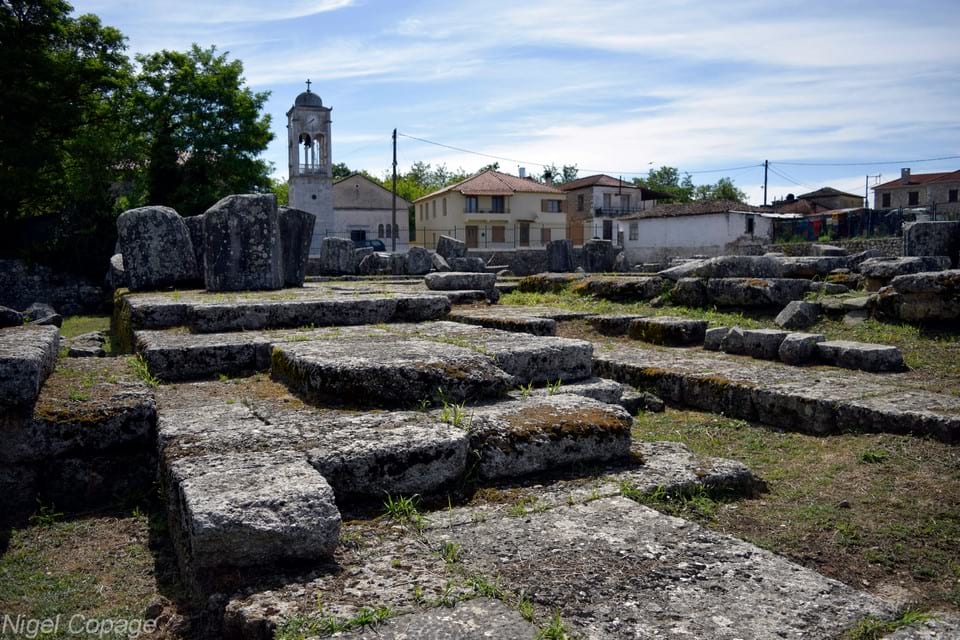 The Sanctuary of Athena Alea
The Sanctuary of Athena Alea
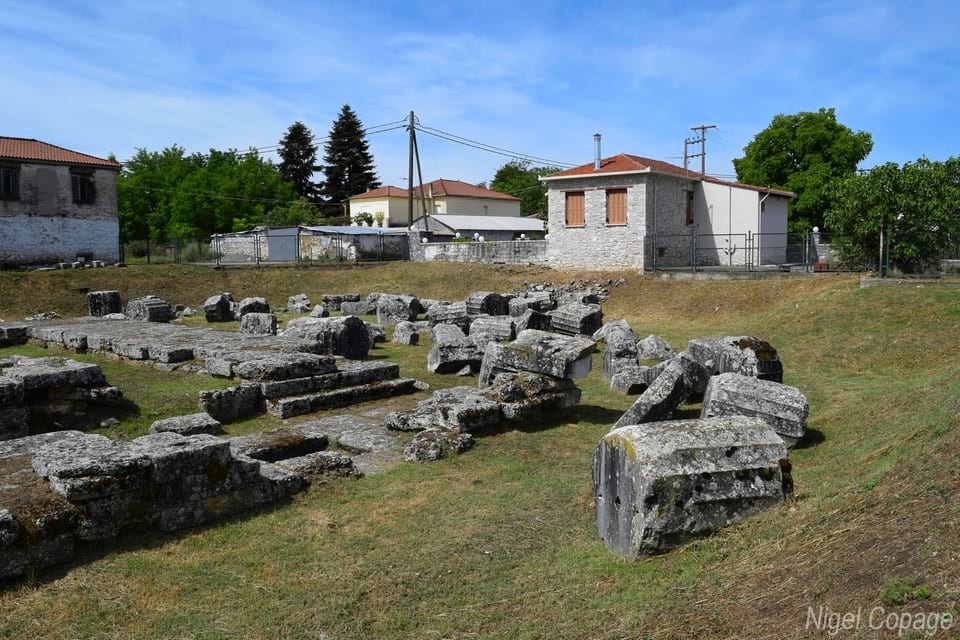 The Sanctuary of Athena Alea
The Sanctuary of Athena Alea
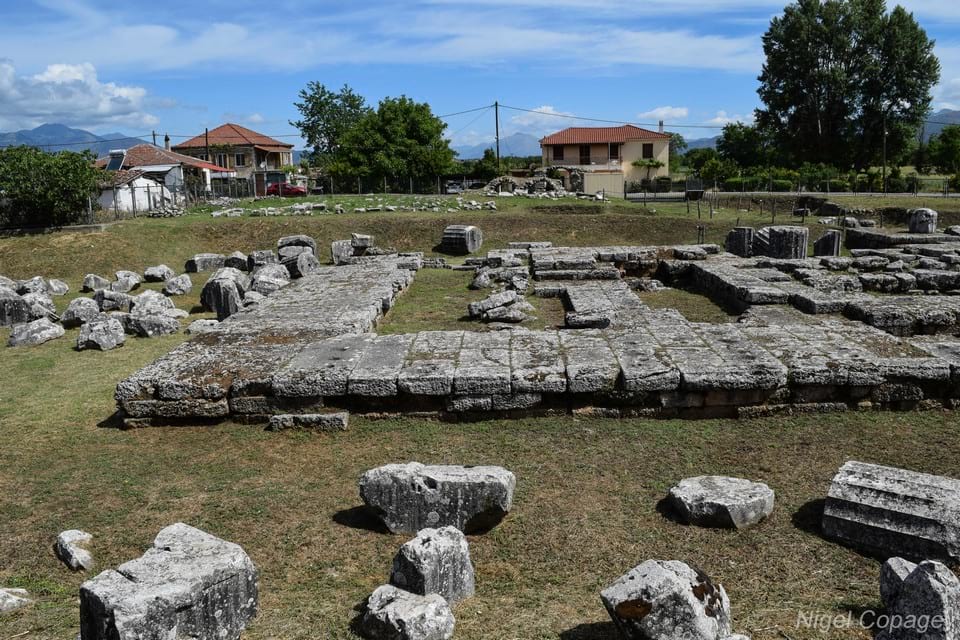 The Sanctuary of Athena Alea
The Sanctuary of Athena Alea
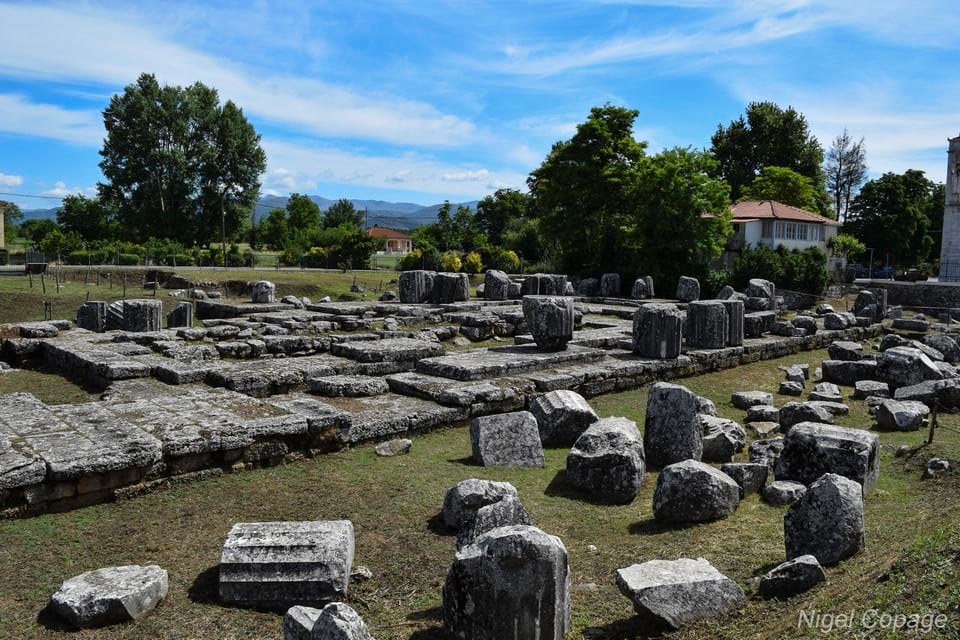 The Sanctuary of Athena Alea
The Sanctuary of Athena Alea
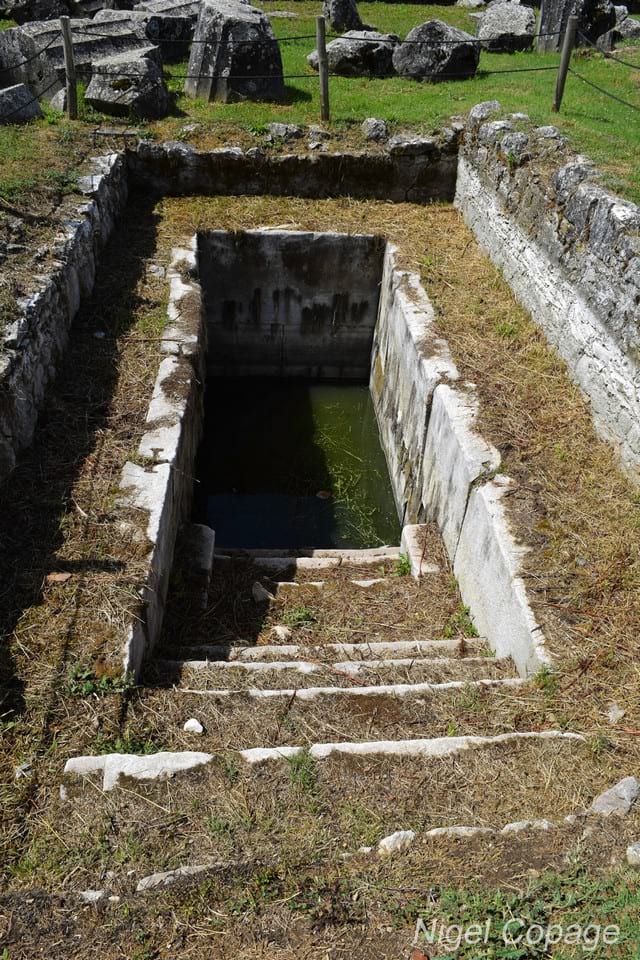
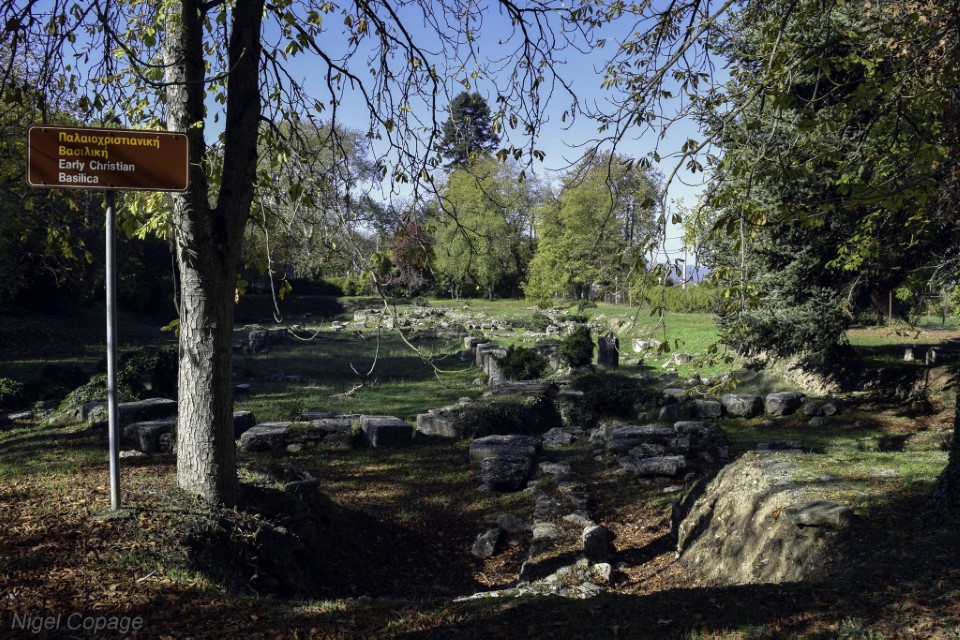 Early Christian Basilica (Tegea Archaeological Park, Episkopi)
Early Christian Basilica (Tegea Archaeological Park, Episkopi)
 Church of the Dormition and the walls of the ancient theatre (Tegea Archaeological Park, Episkopi)
Church of the Dormition and the walls of the ancient theatre (Tegea Archaeological Park, Episkopi)

Head of Heracles (Tegea Archaeological Museum)
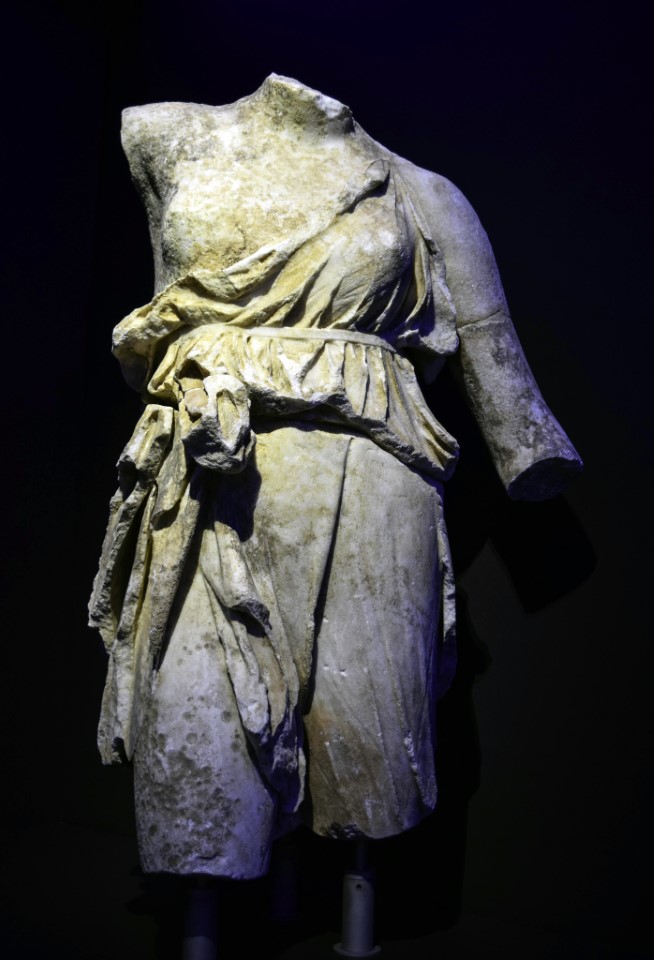
Statue of Nike (Tegea Archaeological Museum)